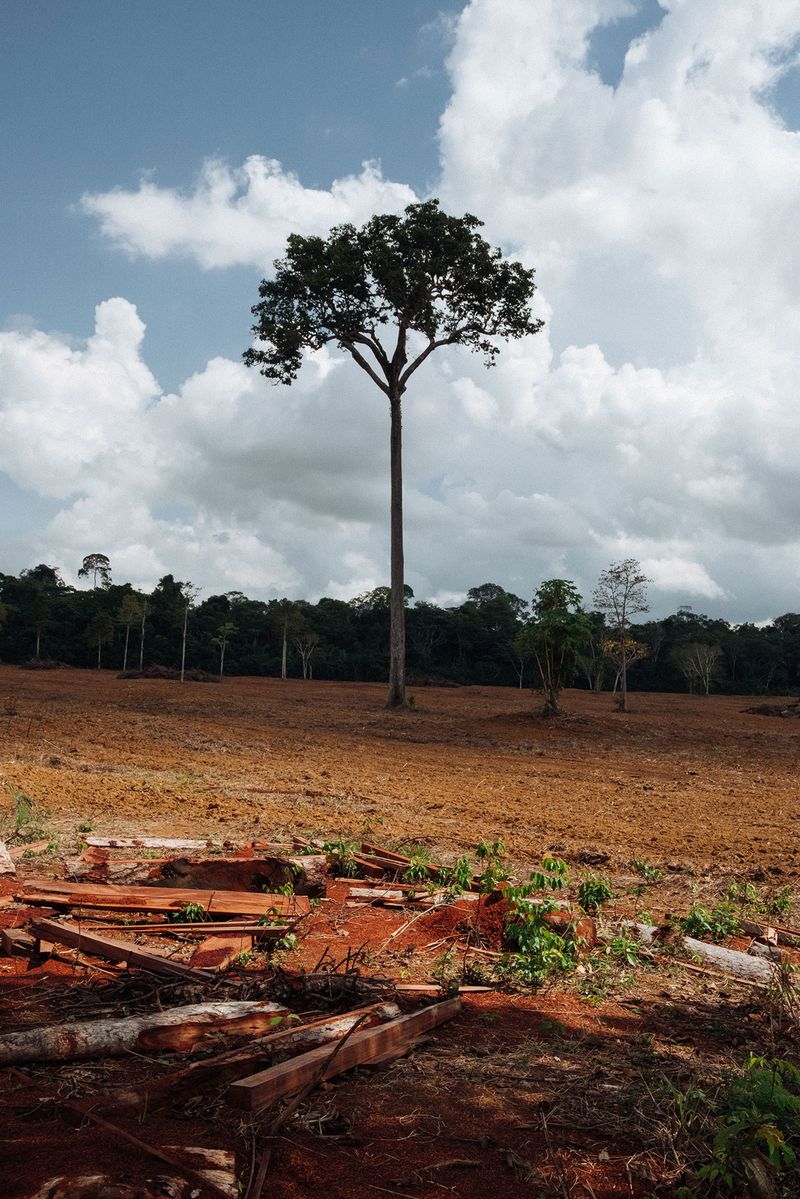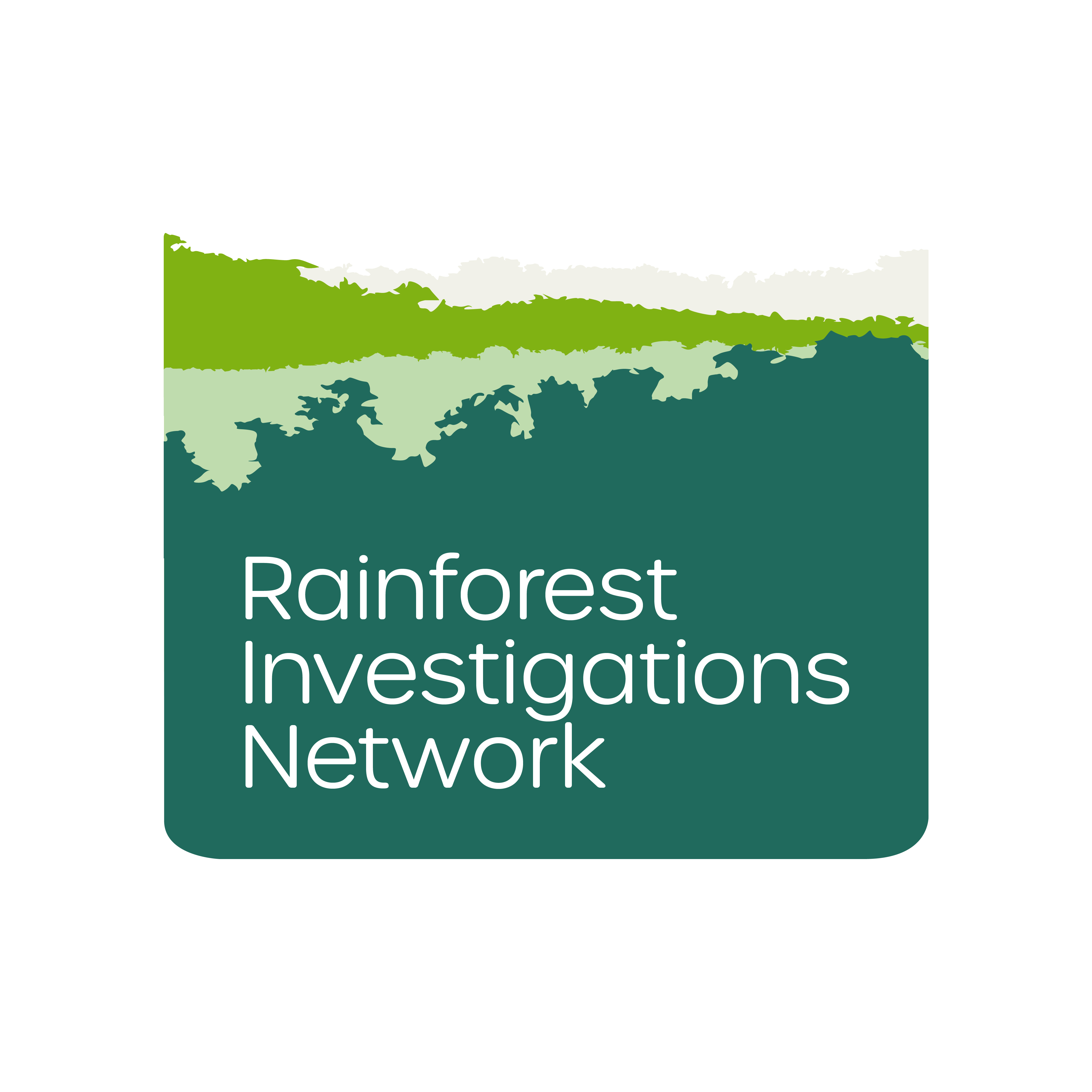
The Rainforest Investigations Network (RIN) has asked its 2021 Fellows about the innovative methodologies behind their impactful stories.
From freedom of information requests to using AI to analyze satellite imagery, the reporters got their hands on previously unseen data that sheds a light on the corruption and systems behind the destruction of the world’s biggest rainforests. In this Pulitzer Center series, they explain how they did it.
In the first entry of this series, Jessica Brice explains the data collection and analysis she and the team at Bloomberg did to expose how the cattle industry and land grabbing are fueling the destruction of Brazil’s Amazon forest.
The context behind the data
Jessica Brice: It’s no mystery that cattle ranchers are overwhelmingly responsible for Amazon deforestation and that demand from meatpackers like JBS drives that destruction. But the world’s largest beef producer says it’s cleaned up its act and has a series of impressive-looking programs to illustrate how it’s helping rather than hurting the Amazon.
The reporters wanted to find out if that data supported that. In other words: Was JBS trying as hard as it said it was to keep cattle from deforested land out of its supply chain? Over a period of six months, the reporters used Python, web scraping, satellite tracking, and database analysis to compare JBS’s Amazon footprint with deforestation over the past decade and showed an undisputable link between the two.
A reporting trip [to the Brasilian state of Rondonia] filled out the rest of the picture, showing that not only was JBS still indirectly sourcing cattle from deforestation hotspots, but that the outreach programs it so enthusiastically trotted out to journalists and investors were nowhere to be seen on the ground.
How Bloomberg obtained the data
JB: Beginning in 2020, JBS’s Friboi beef division started allowing customers to trace meat through their “Guarantee of Origin” website. Meat purchased at supermarkets includes on its label a date of slaughter and a slaughterhouse identifier known as an SIF, which consumers can enter into the website to see the name and location of the ranch where their cut of beef originated.
To investigate the JBS supply chain, Bloomberg compiled a list of regional slaughterhouses identified from annual JBS reports for 2009 through 2021. This covers the period when JBS’s anti-deforestation commitment first went into effect.
SIF numbers for these slaughterhouses were obtained from public sources. Bloomberg used those numbers to check the Friboi website for any available data on beef sourced from Aug. 1, 2009, through Sept. 30, 2021. This resulted in about 1 million shipping logs, with each representing a cattle delivery from a Brazilian ranch to a JBS-operated slaughterhouse.
Bloomberg identified 35 slaughterhouses, some of which JBS owned but were shuttered, and others since divested. The facilities were concentrated in five Amazonian states: Acre, Mato Grosso, Pará, Rondônia and Tocantins. The slaughterhouses sourced beef from ranches in those states, as well as from the neighboring states of Amazonas, Maranhão, and Mato Grosso do Sul.
The shipping logs that Bloomberg analyzed included the shipment date, lot number, pickup coordinates, ranch name, producer name, and a producer tax ID number known as a CPF for individuals or a CNPJ for legal entities. JBS acknowledged that portions of the information were unintentionally posted online. After being made aware that the data was public, JBS late last year restricted it. Bloomberg retained a copy of all original logs analyzed.
As part of its anti-deforestation agreements with federal prosecutors, meatpackers are required to consult property maps found in land registries known as CARs, which stands for Cadastro Ambiental Rural, or Rural Environmental Registries. Public access to the CAR documents isn’t uniform across regions, however, with detailed information on property owners restricted by many states. Environmentalists and researchers also allege that CARs are easy to manipulate to exclude deforestation because property boundaries are self-declared and not subject to government confirmation.
To get a more accurate picture, Bloomberg ran tax ID numbers in available JBS delivery logs through a national land database known as Sigef. Nearly one-third of the 56,000 JBS suppliers known by Bloomberg were found in the Sigef database, returning geospatial mapping files known as shapefiles on more than 50,000 parcels, covering more than 80,000 square miles. For ranches visited in person, both CARs and the Sigef database were consulted to obtain property boundaries. While far from a complete picture, the analysis provides a more accurate sense of the scale of the ranches in JBS’s direct supply chain, as well as an indication of other properties owned by those suppliers.
Tracing the company’s suppliers to deforestation
JB: To better understand the company’s links to deforestation over the past 13 years, Bloomberg compared the above network of JBS direct suppliers with nearly 500,000 deforestation alerts, which are called Prodes and were issued by Brazil’s National Institute of Space Research, known as INPE, between 2009 and 2020. They were also compared with about 25,000 embargoes issued by the country’s environmental regulator, the Brazilian Institute of the Environment and Renewable Natural Resources, known as Ibama, between 2010 and 2019. The latter were obtained through a freedom of information request.
According to INPE, each Prodes alert refers to the 12-month period through July 31 of the year listed, with preliminary results—covering at least 90% of the observed deforestation—released by December of the same year.
Bloomberg estimated the total number of cattle by assuming that each lot represents an average truckload of 18 cows. This is a standard assumption by researchers who have been analyzing the cattle transport documents, known as GTAs, for a decade, including the Gibbs Lab at the University of Wisconsin. Bloomberg asked JBS to confirm this assumption, and the company declined to comment.
Main tools and biggest challenge
JB: Bloomberg used a mix of data-journalism tools and old-fashioned reporting to obtain the data. For both the JBS data and property records, we used Python and Jupyter notebooks to gather the information from the website.
Pandas and R were the key analysis tools to make sense of the data, and QGIS to identify geographic trends and how shipments overlapped with embargoes or deforestation alerts.
The hardest part was simply the sheer amount of data we were trying to wrangle. By the time the investigation finished, we had gathered over 1 million delivery logs, plus 600,000 files known as shapefiles, which allow you to plot locations on a mapping platform, like Google Earth.
When faced with a mountain of data like that, the clean-up and organization alone is a monumental task and I quickly realized that I wouldn’t be able to jump back and forth between data analysis and boots-on-the-ground reporting alone. I needed a team and, fortunately, Bloomberg had two fantastic reporters ready to help: Andre Tartar, who is a whiz at data analysis and cleanup; and Mira Rojanasakul, whose experience was largely focused on mapping graphics to help illustrate stories but who was able to switch gears expertly to help in the actual investigation.





